Do you know how to force inspiration? First, I think, you need to believe you can. I’ve long been aware of the rhythms of creation. And yes, it’s true, what all the “greats” say—you can’t wait for inspiration to strike; it’s discipline that you really need. Steven Pressfield puts it simply in The War Of Art, “The most important thing about art is to work. Nothing else matters except sitting down every day and trying.”
So let’s talk about what this thing called trying, and what it means when you are not feeling inspired (to write, to draw, to design, to collaborate). It sounds dramatic to some, but if you get it you get it: creating without being inspired is agonizing. Sometimes I sit down to write, but the words don’t come or they are not right, not even something I can build off of. It’s at this point that I need to make a decision: either take a break and try again another time, or force myself to keep going.
There are many times when “quitting” actually makes sense. I once talked to a guy who said whenever he was sitting at his desk for more than twenty minutes, just getting nothing done, he’d stop and take a walk. Better a walk than sitting there doing nothing, and fresh air can work wonders for our headspace.
That said, if you struggle with getting started like I do, it’s tempting to stop before you start, every time. Creating is hard. It asks a lot of us mentally and emotionally. And with the ever-present threat of burnout looming over our heads, we do want to honor our bodies when they tell us to stop.
Inspiration is a stimulant. It’s an “upper” by nature. Inspiration should energize you, not drain you. Creation itself is active. And there are many, many times we just don’t feel like doing. But do we must, so we have to begin without the inspiration, and not the only way around. Any job, even ones we really love, even ones that lead to art, can at times require more from us than we want to give. It’s at this point we have to sit down and do the work.
Forcing inspiration is really another way of saying “doing the work”. We may not always be super jazzed up about it, but we don’t even have a chance to get jazzed up if we’re not even trying. The process is most obvious when I have a photo shoot to execute. Before setting up, it’s like I’m staring at a blank page. How is this going to become something, I think. Impostor syndrome tries to sneak in. I was inspired by the ideation process, but that was weeks ago. But through the process of setting up anyway, putting out the objects, coordinating shots, etc., I slowly get “into it”. I find myself loosening up, surrendering to the flow. Which makes total sense considering a lot of times, the best photos we take are the ones that came toward the end, or by adding in a new idea during the process that we didn’t originally plan for.
As long as you sit down and start, even just going through the motions, you can find that spark. You’re manufacturing the ideal conditions for this mystical thing to show up (the Muse, as Pressfield calls it). You want inspiration to strike as often as you can get it, so you have to go through the motions and hope it shows up. Sometimes it’s just not the right time, but you can’t even know that if you don’t push it a little harder than you want to.
How to Force Inspiration
Get the conditions right. You’ve been inspired before. No, you can’t recreate those magical moments where it just hits you (I wouldn’t want to, they are sacred in that way) but you can set least set up your surroundings in a way that primes you for creating. A favorite pen, a favorite song (or silence for strange beings like me!), a cup of whatever. Just don’t let it get to the point where your’e tidying up your space so long you run out of time!
Set a timer. Set an alarm for an amount of time that you will stick to. Make it manageable enough that you won’t bail, but long enough that it’s a challenge. I’ve found that 30 minutes is about the right times for me to start actually doing. It’s then that I can better decide if I want to see where it’s going!
Make an outline. I can’t speak for every creative medium but sometimes it’s easier for me to start with a free write (basically, journaling) and others I am just so stuck I need to outline it. It’s just a way of easing yourself into it, however that is for you.
Come back to it. No matter what you make or how long you work, always come back to it shortly thereafter… preferably within a day or two and definitely within the week. The worst thing is when you start a project or write out your ideas, then take no further action. If you don’t, you’ll force yourself to go through this whole process again, instead of just moving from one phase to the next.
How do you force inspiration? Hope this post helps!
photo by Laura Adai
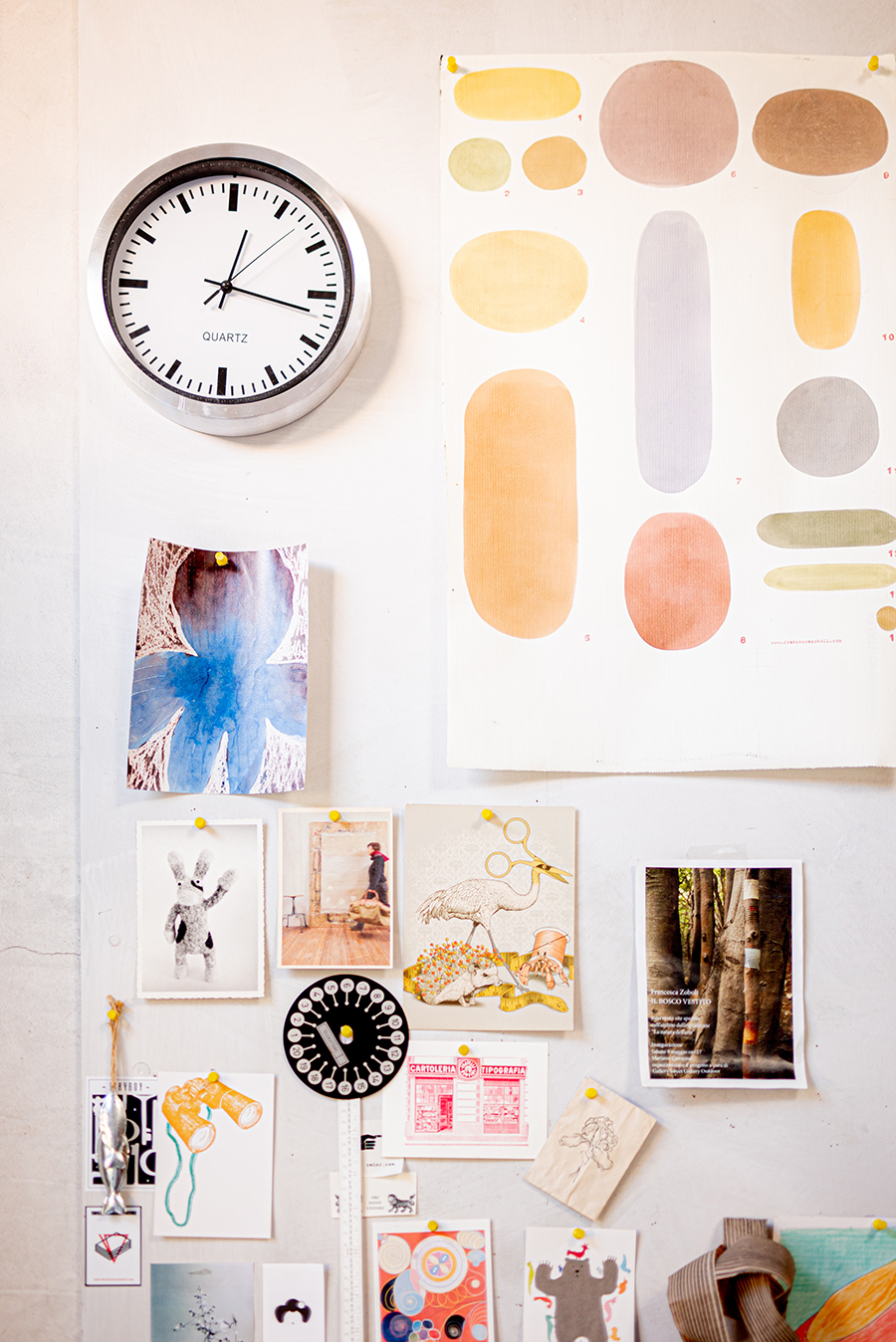
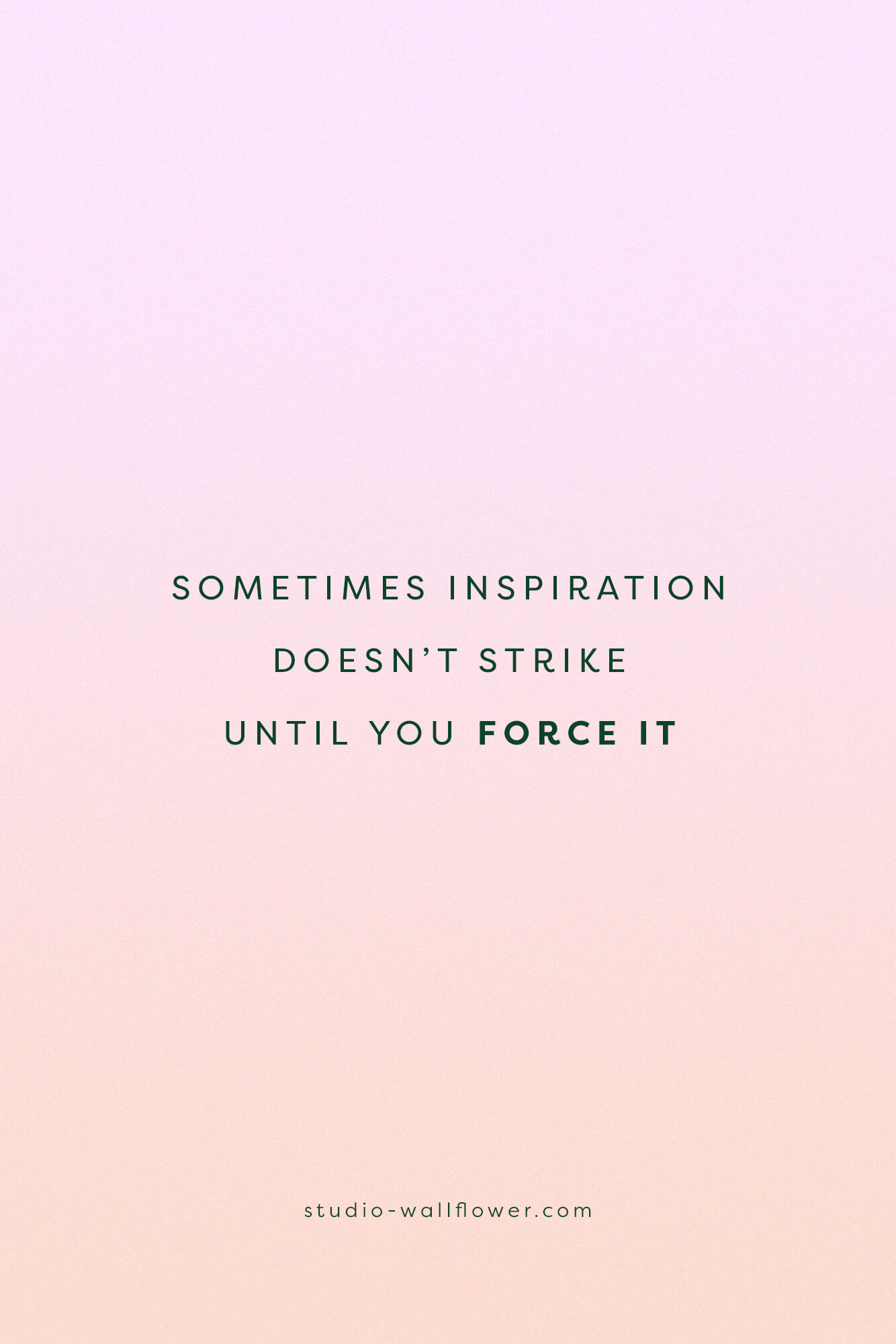
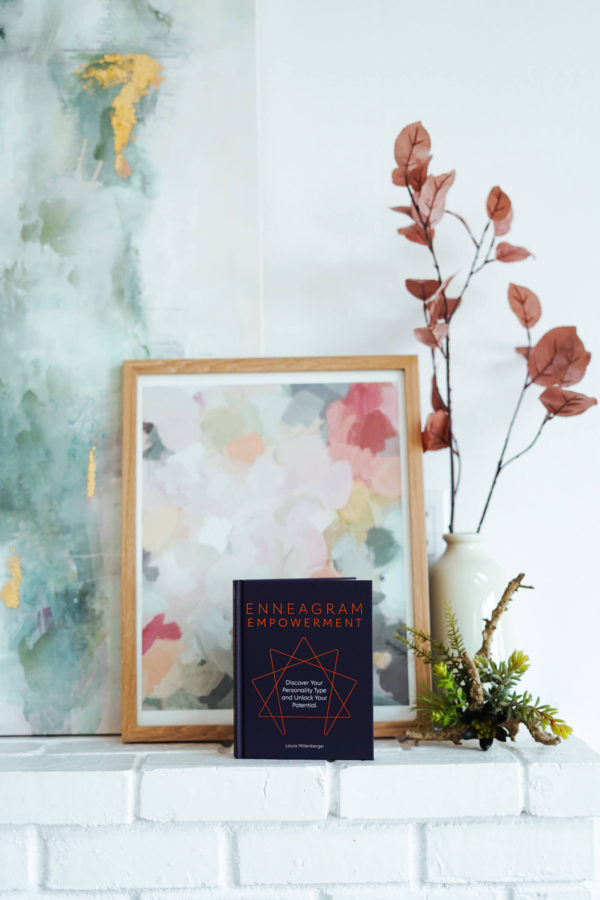
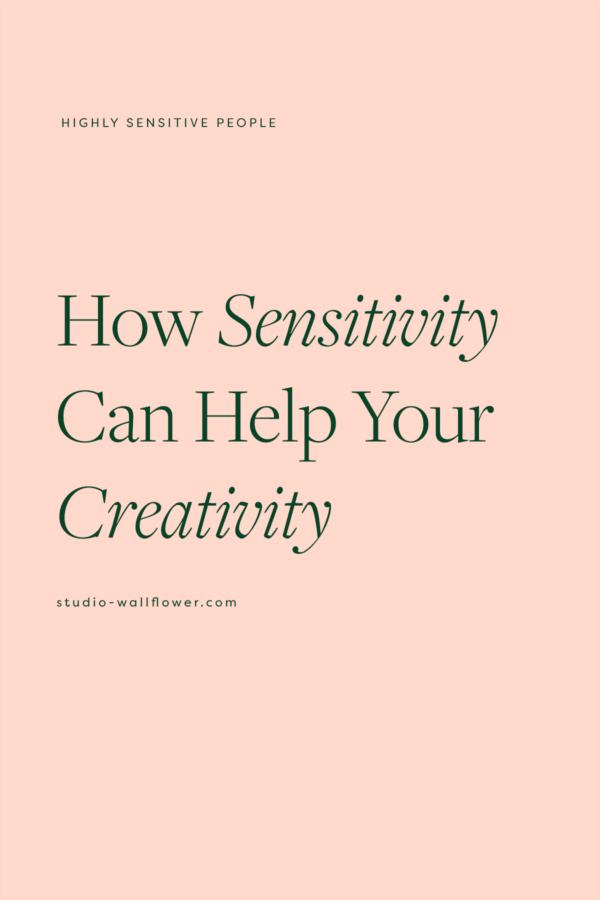
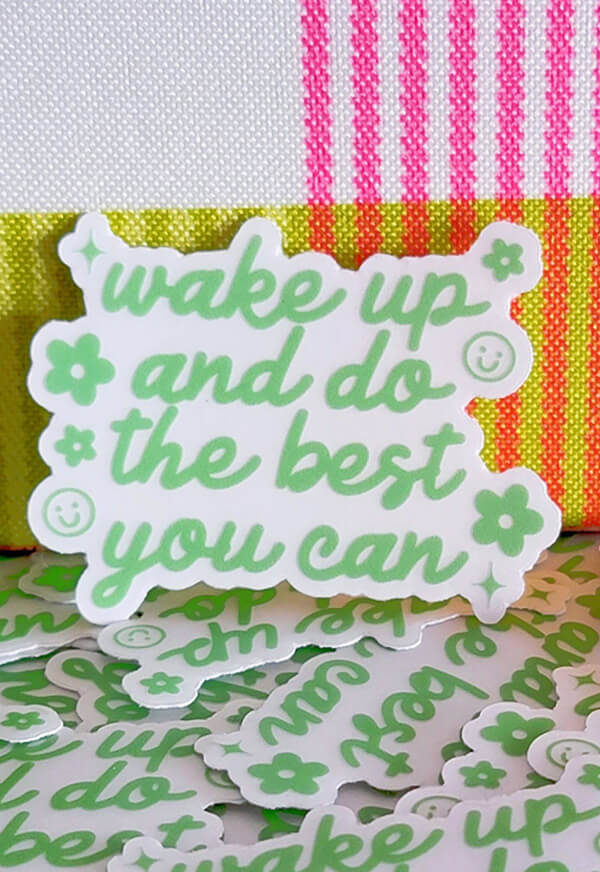
Leave a Reply